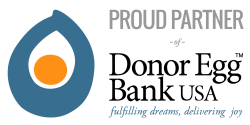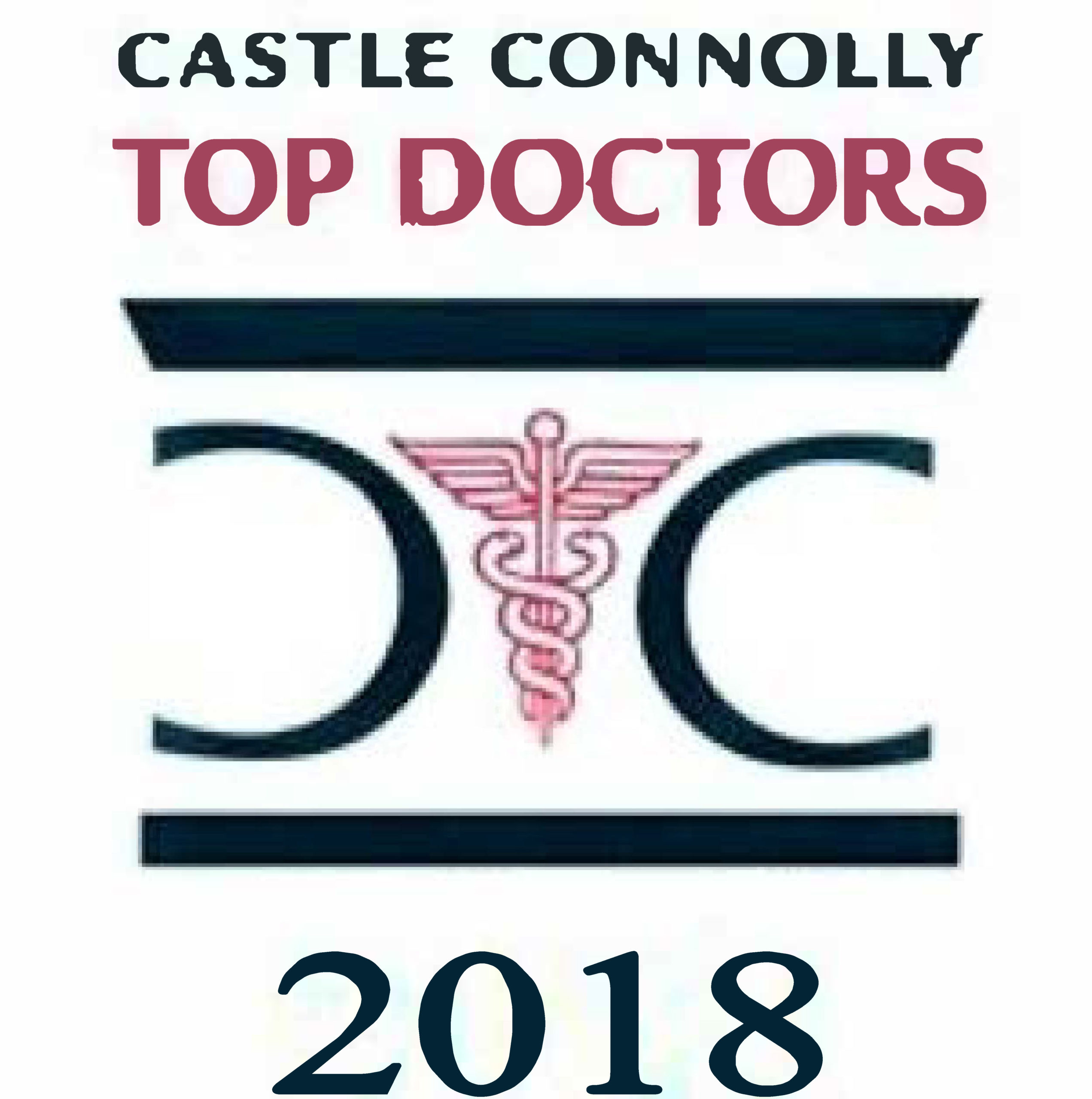Infertility specialists help couples overcome barriers to pregnancy
By Michaela Gibson Morris
Northeast Mississippi Daily Journal
Relaxing and letting nature take its course wouldn’t have brought a baby to the Barnes family.
“My body was broken,” said Jessica Ridgway-Barnes of Tupelo, who, with husband Jeff Barnes, went through a four-year odyssey to bring son Jacob, who will be 5 this month, into the world.
Roughly 10 percent of American women between the ages of 15 and 44 have trouble conceiving and maintaining a pregnancy.
“It’s not impossible for them to get pregnant, it’s just hard,” said Dr. Paul Brezina, who is board-certified in reproductive endocrinology and infertility and obstetrics-gynecology and a partner in Fertility Associates of Memphis.
And while statistics are kept most closely for women, it’s not just a female problem. Based on initial testing, men and women statistically account for about the same proportion of fertility problems, Brezina said.
“I really see what I do as treating the couple,” he said.
So many things have to occur in the right order for a pregnancy to happen, and a couple can have issues at any point along the way. The egg has to mature and be released. It has to make it into and down the fallopian tube. The sperm have to be able to reach the egg. There has to be a favorable environment in the tube – where the egg spends about a week developing after fertilization – and in the uterus.
“There are so many different things, we pretty much have to tailor therapies,” Brezina said.
In partnership with North Mississippi Medical Center and in collaboration with local obstetricians, Brezina has started seeing patients in Tupelo weekly. Couples will still have to travel to Memphis for procedures, but all of the testing and ultrasound imaging can be done in Tupelo.
“We’re trying to make it easier to access,” Brezina said.
Seeing an infertility specialist does not mean couples are automatically headed for in vitro fertilization, commonly called IVF. There are lots of strategies, and some problems are easily fixable, Brezina said.
Infertility is a very isolating experience. Ridgway-Barnes remembers conflicting emotions of being so happy for her friends who were getting pregnant and feeling the pain of her struggle to become a mother.
“I went to all the showers; I went to the hospital” when the babies were born, she remembers. “I would leave in tears, but I would put up a good front.”
Ridgway-Barnes leaned on women who mentored her through the process, and she in turn has been open to talking about her experiences with those who currently are on the journey.
“I think it’s so healthy that people are talking about it more,” said Brezina, who with his wife, Jennifer, used IVF to conceive their children. The experience in part inspired his choice of specialty.
Baby story
After four years of marriage, Jeff Barnes and Jessica Ridgway-Barnes decided they were ready to jump into parenthood in 2005. They never dreamed of how difficult the next three years would be.
“We thought, ‘When we’re ready to have a baby, we’ll get pregnant,’” Ridgway-Barnes said.
Lauren Wood | Buy at photos.djournal.com After nearly three years of trying to become pregnant, a second cycle of in vitro fertilization brought the Barnes family the happy news that a baby was on the way. Jacob was born healthy after a full-term pregnancy.
Lauren Wood | Buy at photos.djournal.com
After nearly three years of trying to become pregnant, a second cycle of in vitro fertilization brought the Barnes family the happy news that a baby was on the way. Jacob was born healthy after a full-term pregnancy.
When they didn’t get pregnant after a year of trying, they began asking for help, first with their local obstetrician-gynecologist, then with specialists. They worked their way through testing and increasingly invasive procedures. They tried injections; they tried intrauterine insemination.
“Every month it was more and more disappointment,” Ridgway-Barnes said.
Like many couples, the Barneses discovered they had multiple issues. Ridgway-Barnes had fewer eggs and the lining of her uterus was thin. They were problems that couldn’t be solved just by relaxing.
“Everybody just kept saying, ‘You’re trying too hard,’” Barnes said. “People didn’t mean to be insensitive.”
During the journey, the couple leaned hard on their circle of support.
“It was a lot of friends praying,” Barnes said. “It was a lot of family praying. Our pastor Bryan Collier at the Orchard was exceptionally supportive.”
After years of exploration, the couple had exhausted less invasive options and decided to move forward with in vitro fertilization with the help of Dr. Raymond Ke at Fertility Associates of Memphis.
“For some people it can be cost prohibitive,” Ridgway-Barnes said. “We decided we were willing to do whatever it took. It was a last resort.”
The first attempt at IVF was derailed by a medication schedule mix-up. When they went through the first full round with the eggs retrieved and implanted, Ridgway-Barnes was optimistic because of the high rates of success for IVF.
“On June 14 (2008), we got the call, ‘I’m sorry; you’re not pregnant,’” Ridgway-Barnes said. “That was devastating. My hopes were so high.”
But in the failure were the seeds of success.
“They found out a lot about her body,” Barnes said. “The main issue was the uterine lining.”
The process of priming the body for the in vitro process is intense and exacting. Injections have to be timed exactly. The couple made many early morning drives to Memphis for blood work and ultrasounds.
“At the time it was taxing, financially, emotionally and physically,” Ridgway-Barnes said. “It really does test you.”
The second time around, like the first, the embryos developed, and the couple had all three implanted.
“We were willing at the time to take whatever God would give us,” Barnes said.
They were in church on a Sunday morning when they got the call confirming the pregnancy was sticking. Next they waited nervously for the ultrasound at six weeks – their first chance to hear a heart beat and see how many babies to prepare for.
“We didn’t know if it was one or three,” Barnes remembered.
Because of the problem with the uterine lining, Ridgway-Barnes said she really didn’t relax until she was past 22 weeks.
“It’s very hard to accept that it’s happening,” she said. “We went the whole 40 weeks.”
When Jacob was almost 9 months old, the couple had already begun saving money for another round of IVF to expand their family when the time came. On Mother’s Day 2010, Ridgway-Barnes woke up with a funny feeling and took a pregnancy test left over from her stash. She discovered that little brother Caleb, now 3 1/2, was on the way.
Carrying a pregnancy to term had given her body a blueprint for what a healthy uterine lining should look like.
“I have two miracle babies,” Ridgway-Barnes said. “We just had to have help with one of them.”
To see the original article online, visit: http://djournal.com/lifestyle/bringing-family-together-infertility-specialists-help-couples-overcome-barriers-pregnancy/










Comments are closed.